Hubble Telescope records dying moments of a star being eaten by Supermassive black hole
The final moments of a star before being destroyed by a black hole have been recorded by the Hubble Space Telescope.
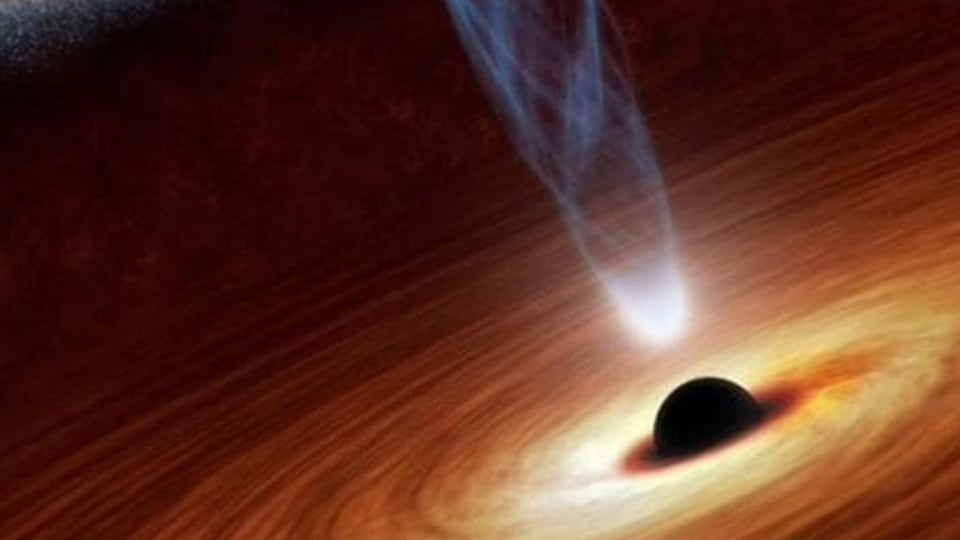

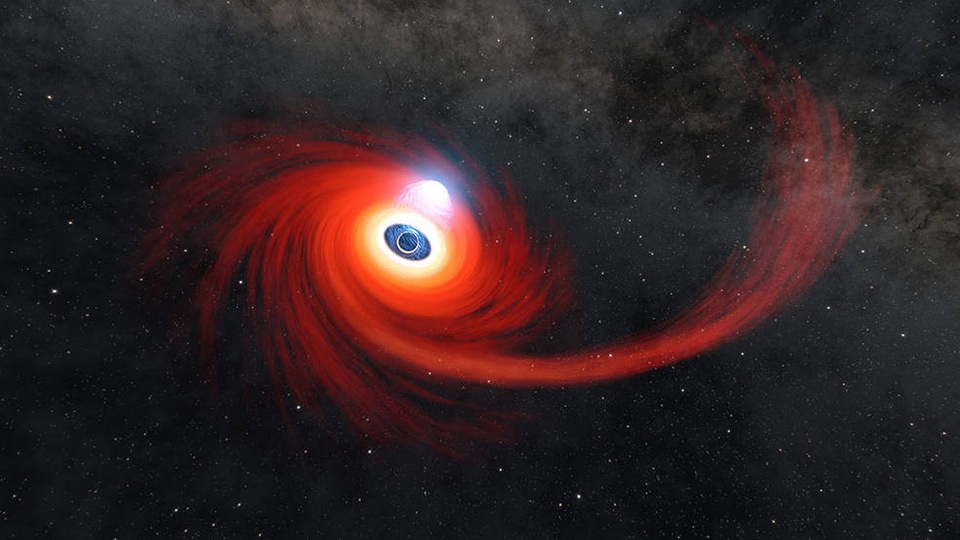
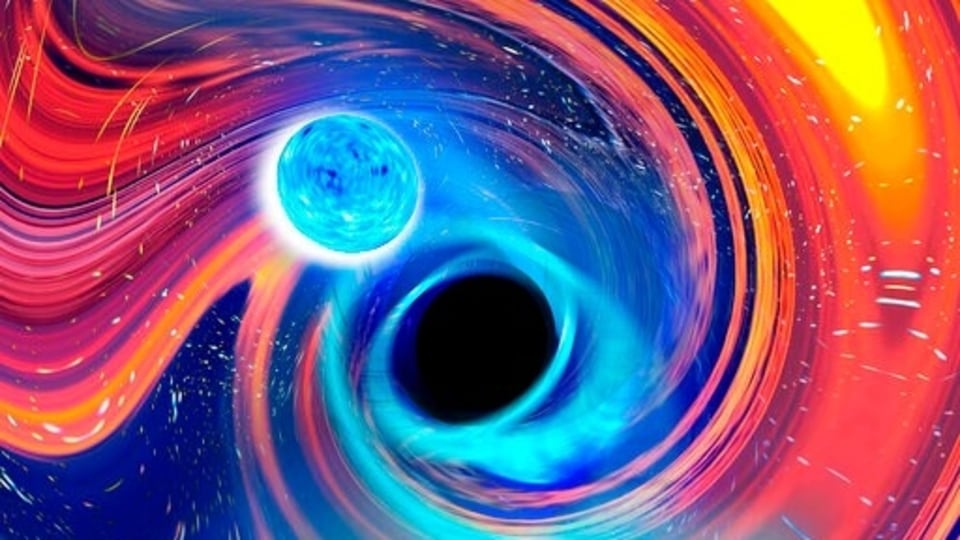
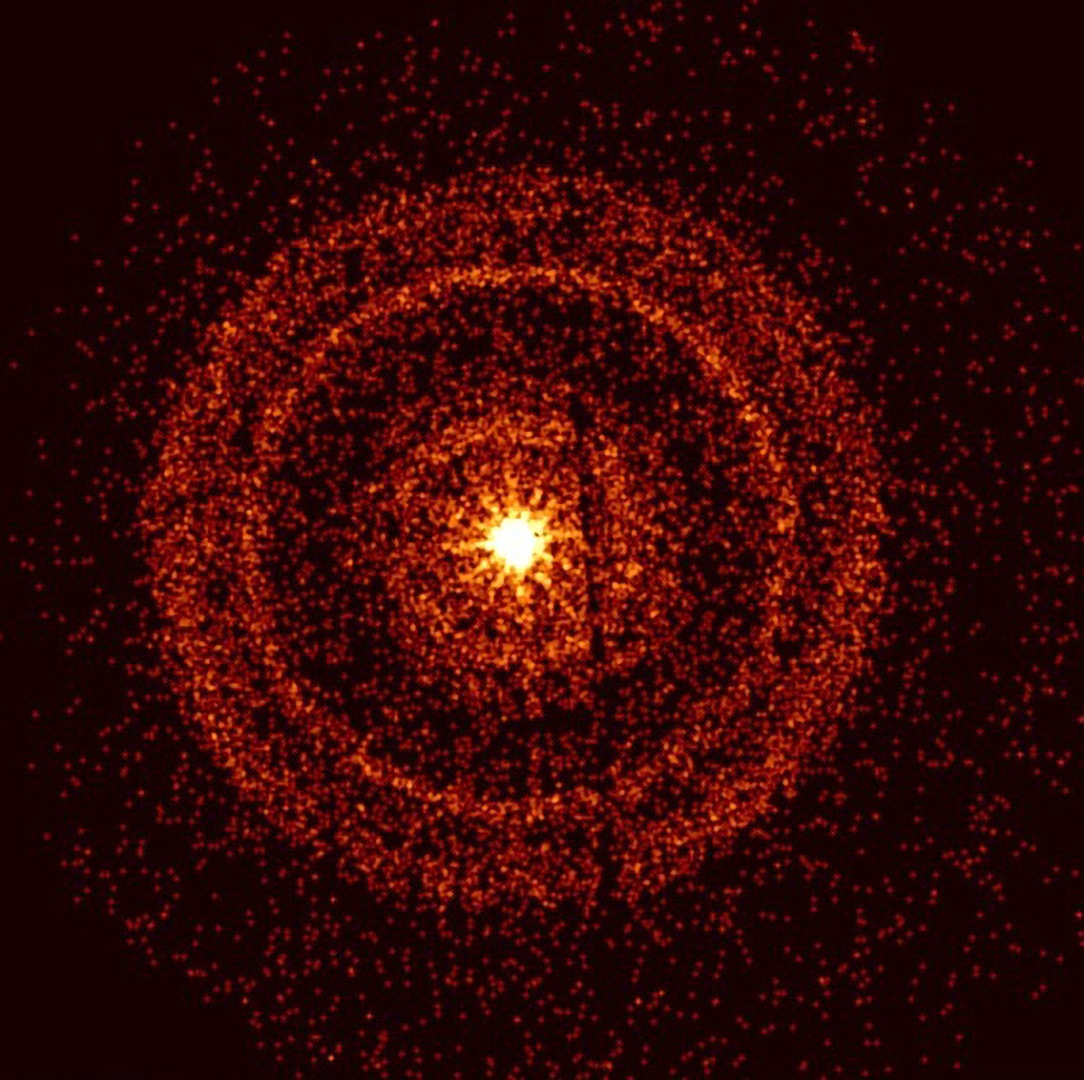
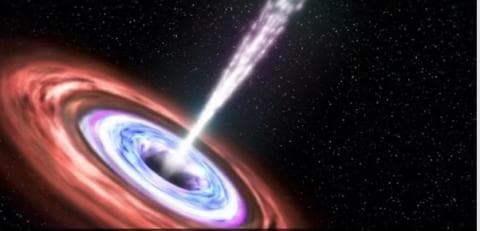

 View all Images
View all ImagesA black hole is a place in space where the pull of gravity is so strong that nothing, including light, can escape. It is an extremely dense region of space formed by collapse of a giant star at the end of its life cycle. A supermassive Black Hole forms due to merging of black holes. The biggest black hole is a Supermassive black hole which resides in the center of galaxies and is capable of engulfing everything in its way. These black holes have masses that are more than 1 million suns together. Now, scientists have discovered a star actually being eaten by a supermassive black hole.
Scientists, using the Hubble Space Telescope have recorded the final moments of a star as it gets torn apart by a black hole at the center of the galaxy ESO 583-G004. The star's remains were pulled into a donut shape and the event has been termed as AT2022dsb. The event is known as Tidal Disruption where a star is torn apart by the immense gravitational pull of a black hole. Although the event could not be captured as the star was nearly 300 million light-years away, scientists can still study UV light emissions from the star through the light ranges of the elements that make up the star.
Peter Maksym, Center for Astrophysics, Harvard & Smithsonian (CfA) said, "Typically, these events are hard to observe. You get maybe a few observations at the beginning of the disruption when it's really bright. Our program is different in that it is designed to look at a few tidal events over a year to see what happens.”
“We saw this early enough that we could observe it at these very intense black hole accretion stages. We saw the accretion rate drop as it turned to a trickle over time,” he added further.
The Hubble spectroscopic data are interpreted as coming from a very bright, hot, donut-shaped area of gas that was once the star. This area, known as a torus, is the size of the solar system and is swirling around a black hole in the middle.
Catch all the Latest Tech News, Mobile News, Laptop News, Gaming news, Wearables News , How To News, also keep up with us on Whatsapp channel,Twitter, Facebook, Google News, and Instagram. For our latest videos, subscribe to our YouTube channel.


























